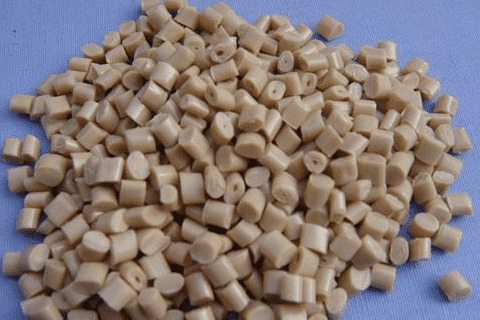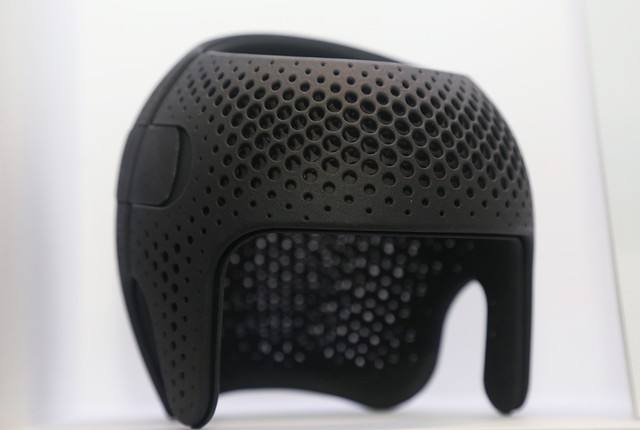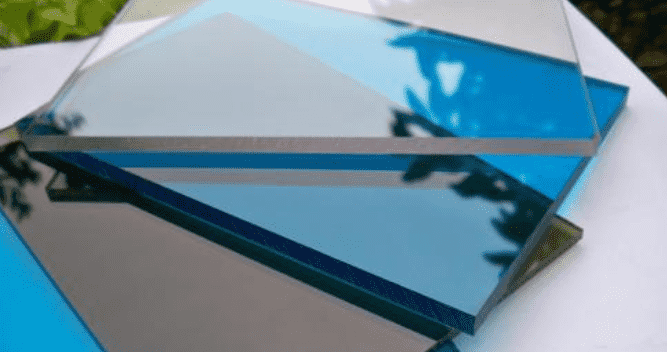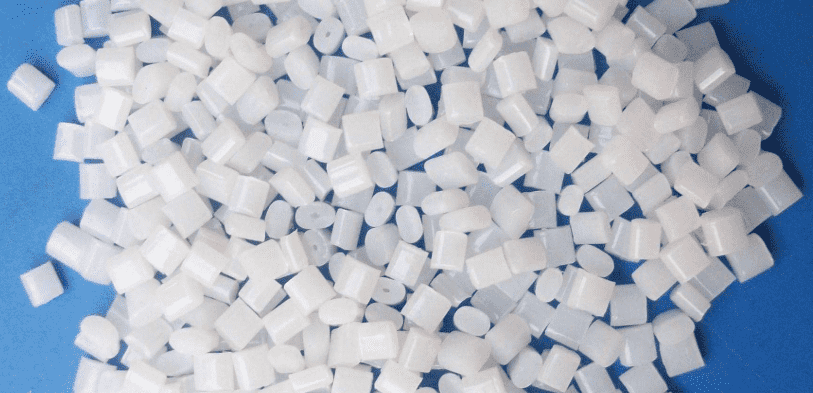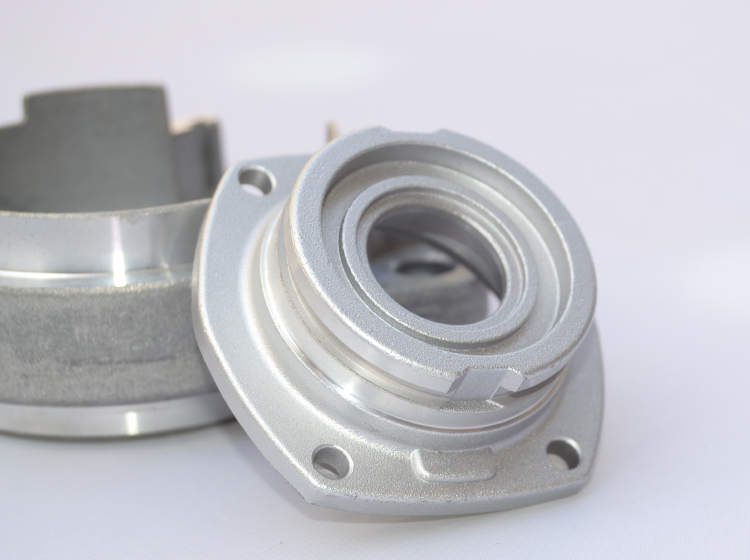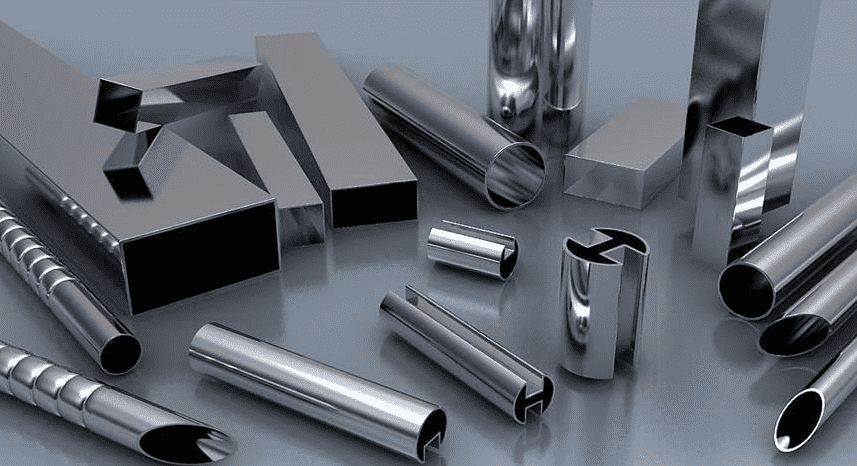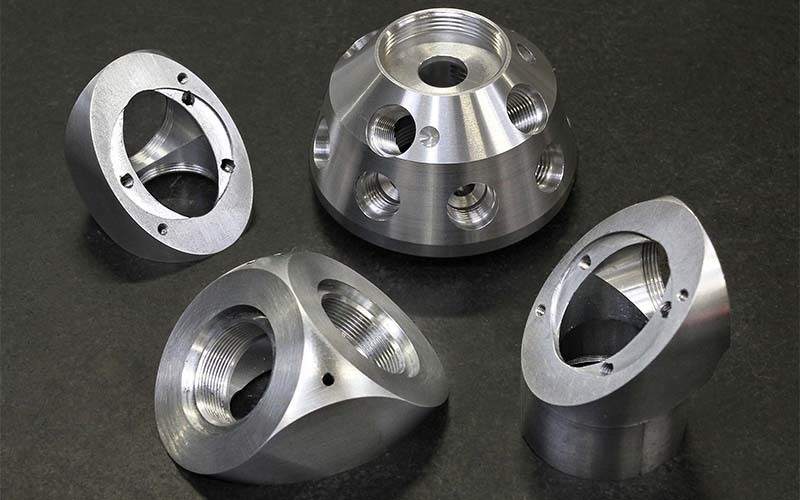1. ABS plastic is a terpolymer of acrylonitrile (A)-butadiene (B)-styrene (S). It combines the properties of three components, among which acrylonitrile has high hardness and strength, heat resistance and corrosion resistance; butadiene has impact resistance and toughness; styrene has high surface gloss, easy coloring and Ease of processing. 2. The structure of ABS resin includes…
Archivos de Categoría: Conocimiento de los materiales
Classification, characteristics and applications of polypropylene (PP) plastics Poly(propylene) (1) Polypropylene (PP) production process Polypropylene is made by addition polymerization of propylene, CH2=CHCH3, under the action of Z-N metal catalyst. (2) Production method of polypropylene (PP) ① Slurry method. Polymerization in a diluent (such as hexane) is the earliest industrialized method and the largest production…
Nylon is a kind of engineering plastic with excellent performance. It has excellent mechanical properties, outstanding corrosion resistance, oil resistance, heat resistance, high modulus and other advantages. Reinforcement and flame-retardant modification can significantly improve its heat resistance, modulus dimensional stability and flame retardancy, and are widely used in industries such as automobiles, electronic and electrical,…
The characteristics of pc material bai are: 1. Amorphous material, good thermal stability, wide molding temperature range and poor fluidity. zhi absorbs little moisture, but is sensitive to water, so it must be dried. Molding shrinkage is small, melting cracking and stress concentration are easy to occur, so molding conditions should be strictly controlled, and…
English name: Polyoxymethylene(Polyformaldehyde) Chemical name: Polyformaldehyde A kind of synthetic resin, also known as polyoxymethylene resin, POM plastic, Saigang material, etc.; it is a white or black plastic particle with high hardness, high rigidity and high wear resistance. Mainly used in gears, bearings, auto parts, machine tools, instrument internals and other products that play a…
Introducción El zinc es uno de los elementos más versátiles de la naturaleza y tiene un imperio de aplicaciones. Eche un vistazo a los equipos médicos sencillos en las herramientas de la industria automotriz. El zinc es un elemento revolucionario para todas nuestras vidas. La introducción de la aleación de zinc ha fortalecido aún…
El titanio es uno de los metales más resistentes. Debido a su resistencia a la corrosión, se utiliza ampliamente. Muchos fabricantes utilizan titanio puro con otros elementos de aleación. Sin embargo, este metal es el menos comprendido. La gente no conoce la clasificación, las características y las aplicaciones de las aleaciones de titanio. A pesar…
El magnesio se parece al aluminio, pero tiene propiedades únicas que lo hacen ideal para diferentes industrias. Es el tercer elemento más abundante presente (disuelto) en el agua de mar. Además, su presencia en la corteza terrestre también es notable. Es fundamental comprender las propiedades y aplicaciones del magnesio. Las propiedades del magnesio lo hacen…
Stainless steel is divided into martensite and austenite, ferrite and duplex. 1. Martensitic chromium stainless steel is mainly low-carbon or high-carbon steel with chromium content in the range of 11.5%-18%. Designations 403, 410, 414, 416, 416 (Se), 420, 431, 440A, 440B and 440C, the corrosion resistance of these steels comes from «chromium». The martensitic stainless…
1 Carbon structural steel: Q195-Q195F, Q195b, Q195, Q215-Q215AF, Q215Ab, Q215A, Q215BF, Q215Bb, Q215B, Q235-Q235AF, Q235Ab, Q235A, Q235BF, Q235Bb, Q235B, Q235C, Q235D, Q255-Q255A, Q255B, Q275-Q275 2 Low alloy high strength structural steel: Composition of general low alloy high strength structural steel grades Q295-Q295A, Q295B, Q345-Q345A, Q345B, Q345C, Q345D, Q345E, Q390-Q390A, Q390B, Q390C, Q390D, Q390E, Q420-Q420A, Q420B,…

 English
English Deutsch
Deutsch Français
Français 日本語
日本語
